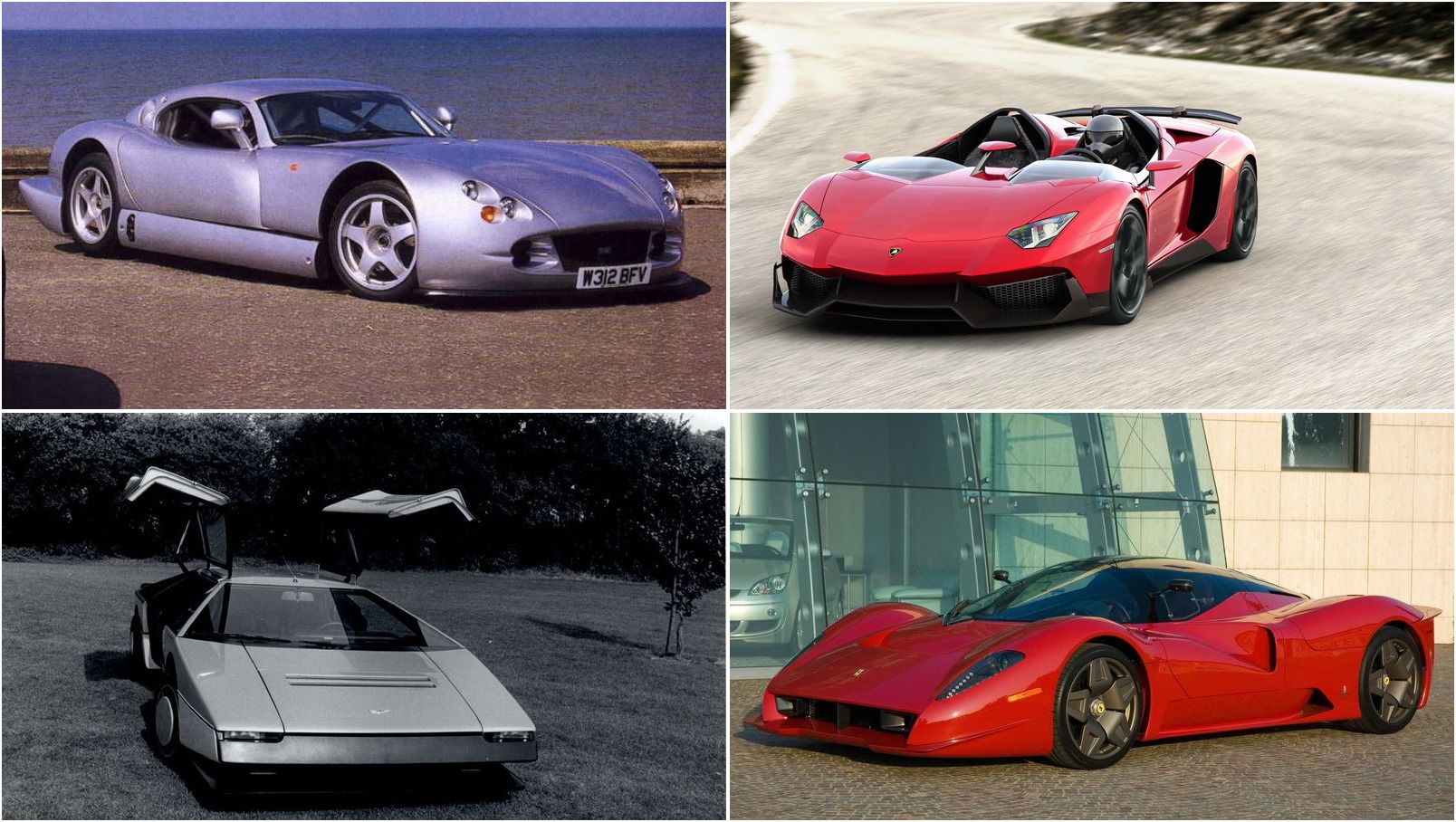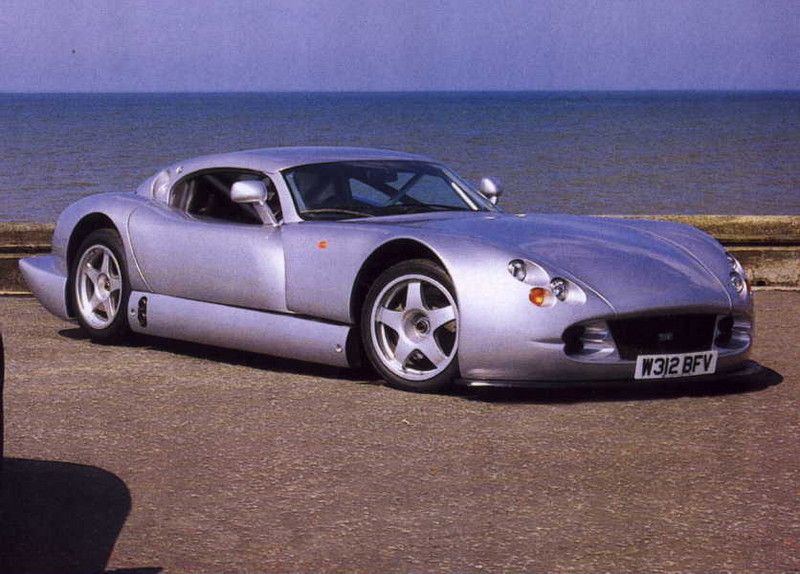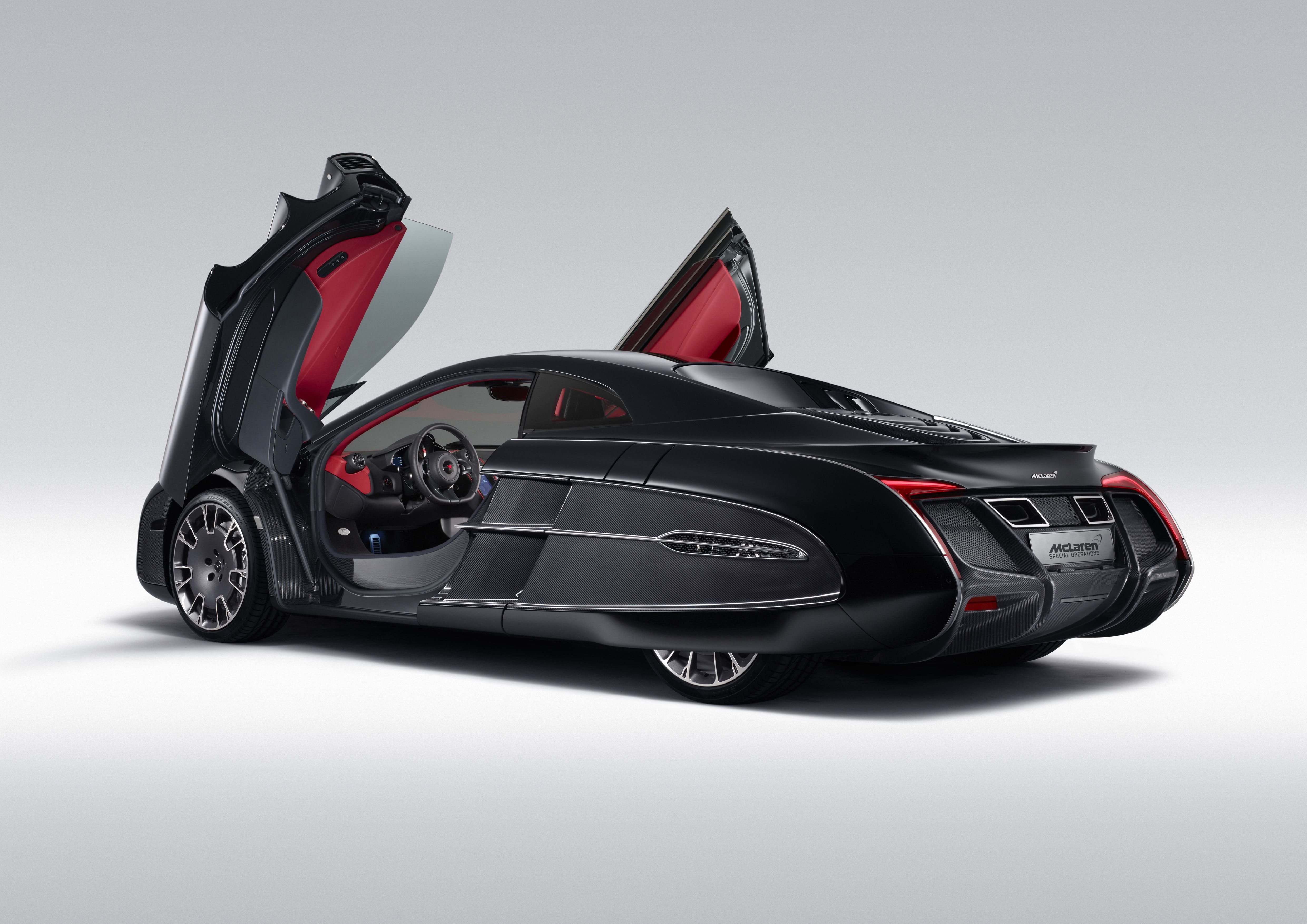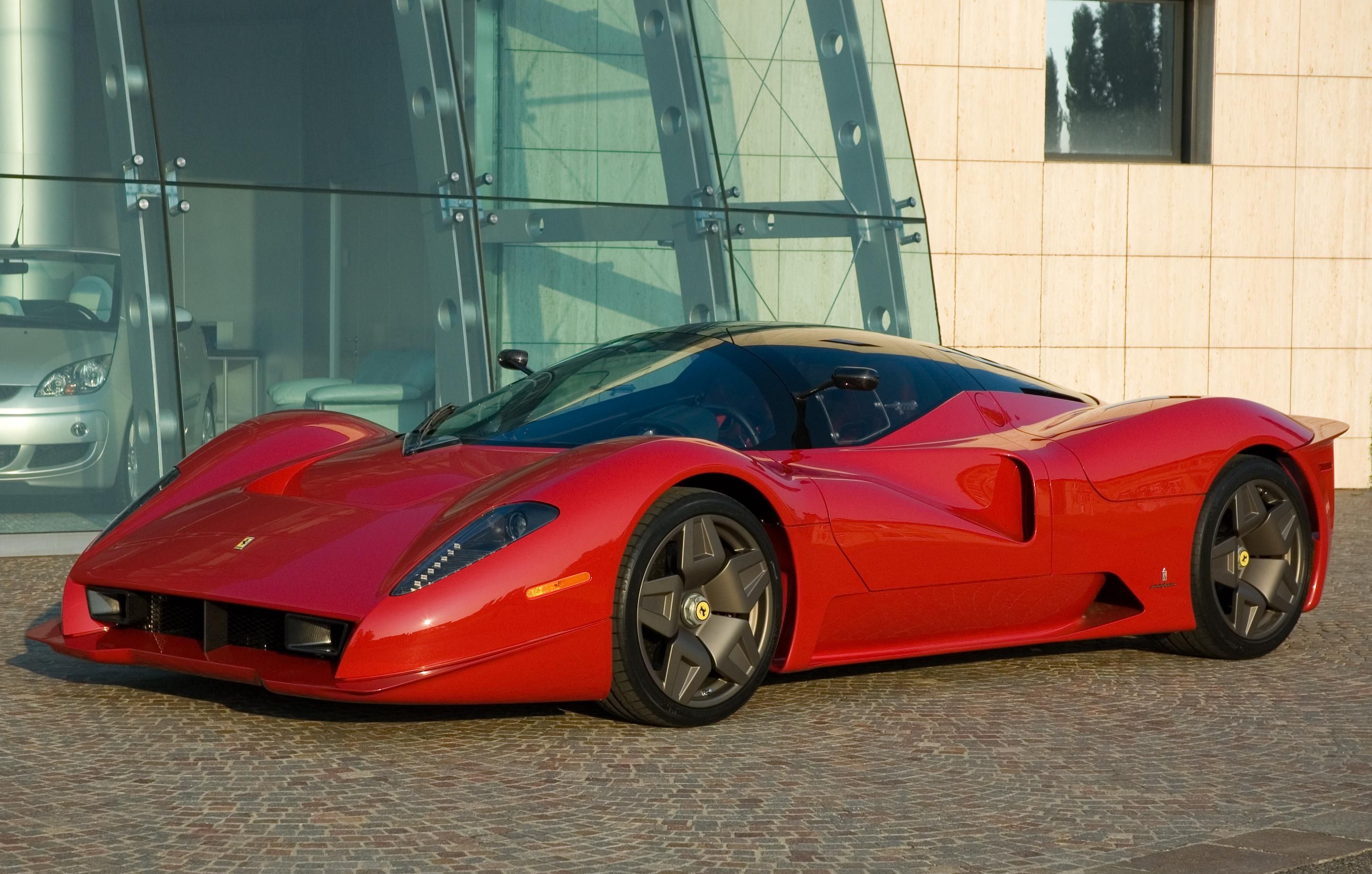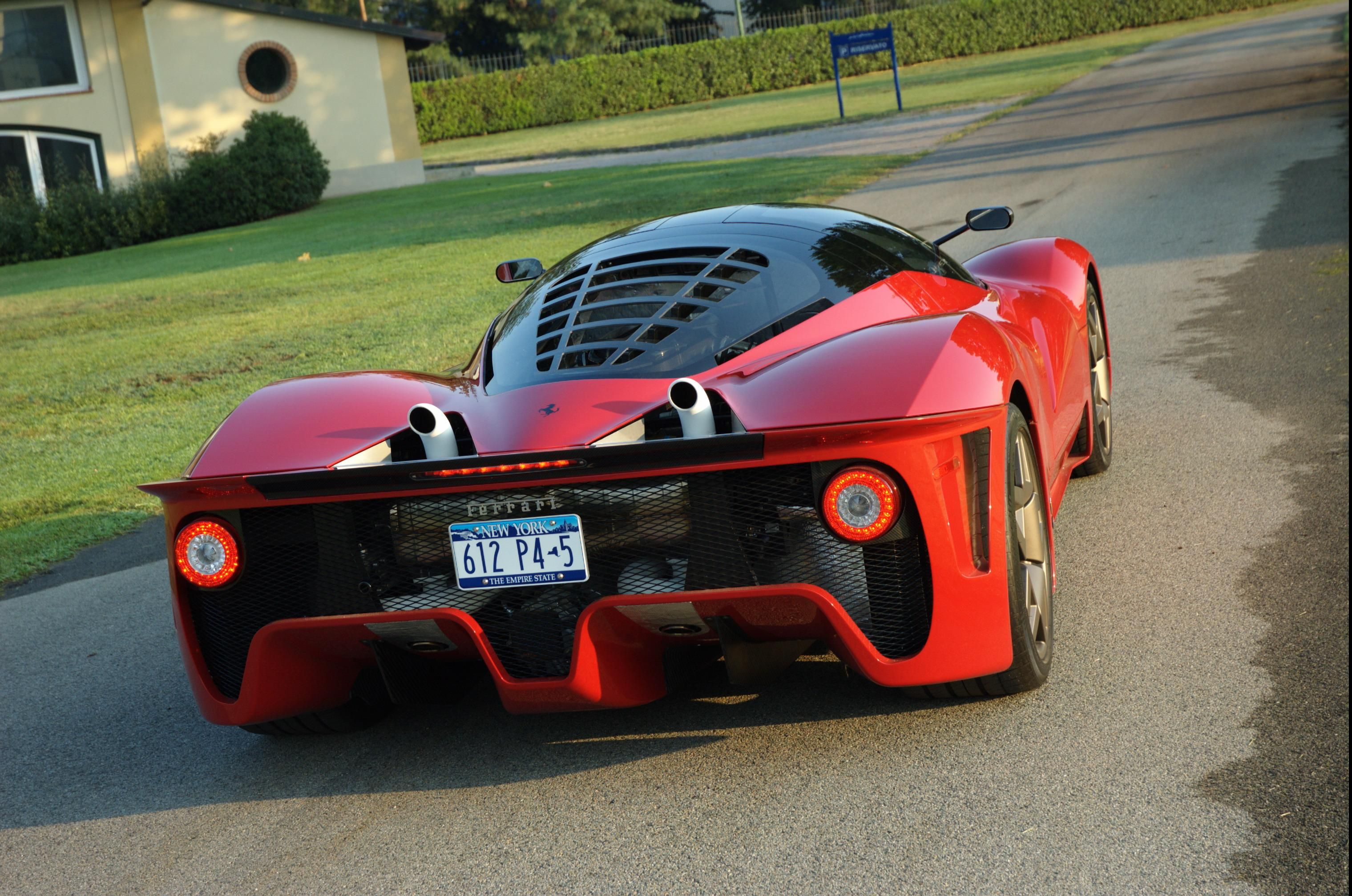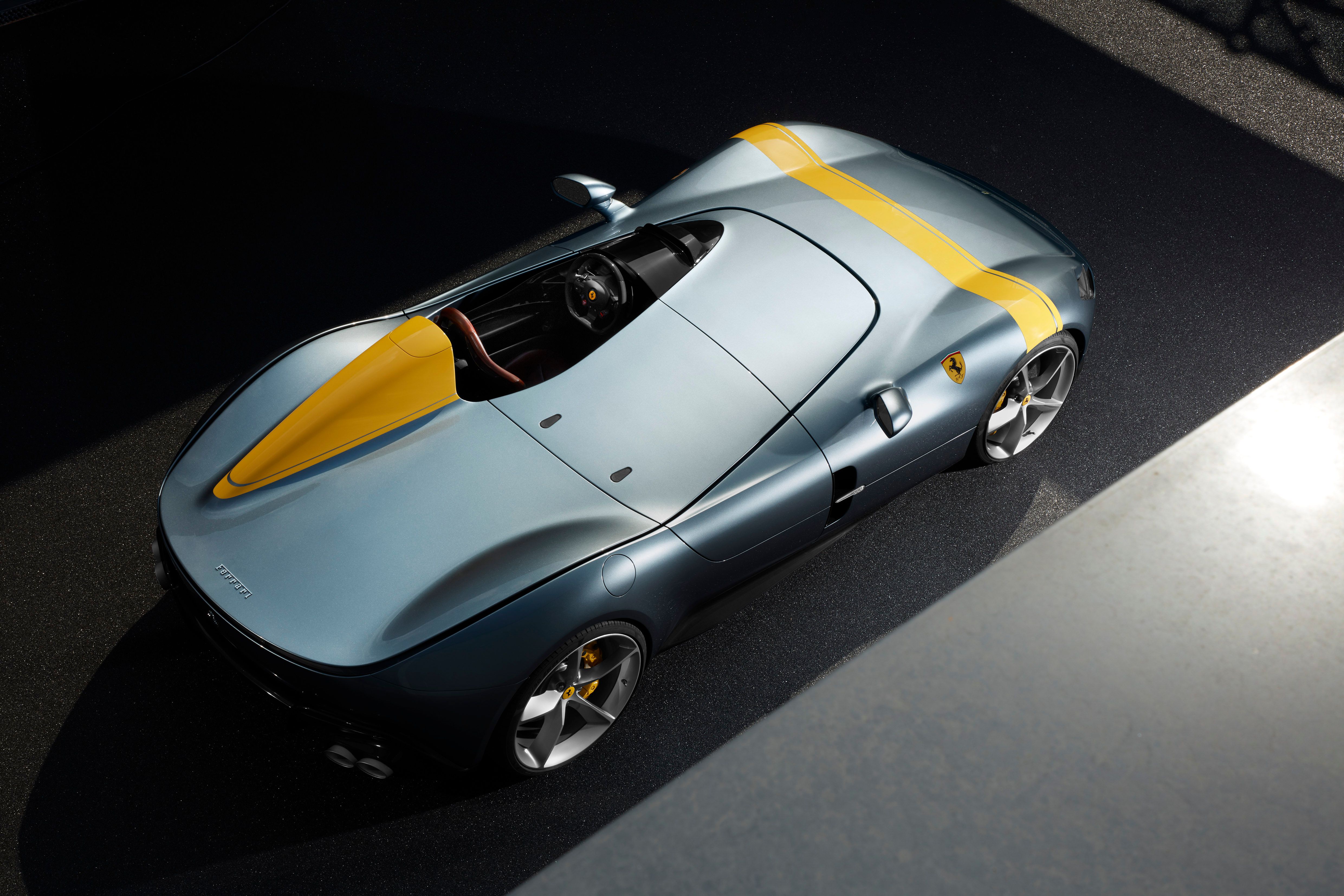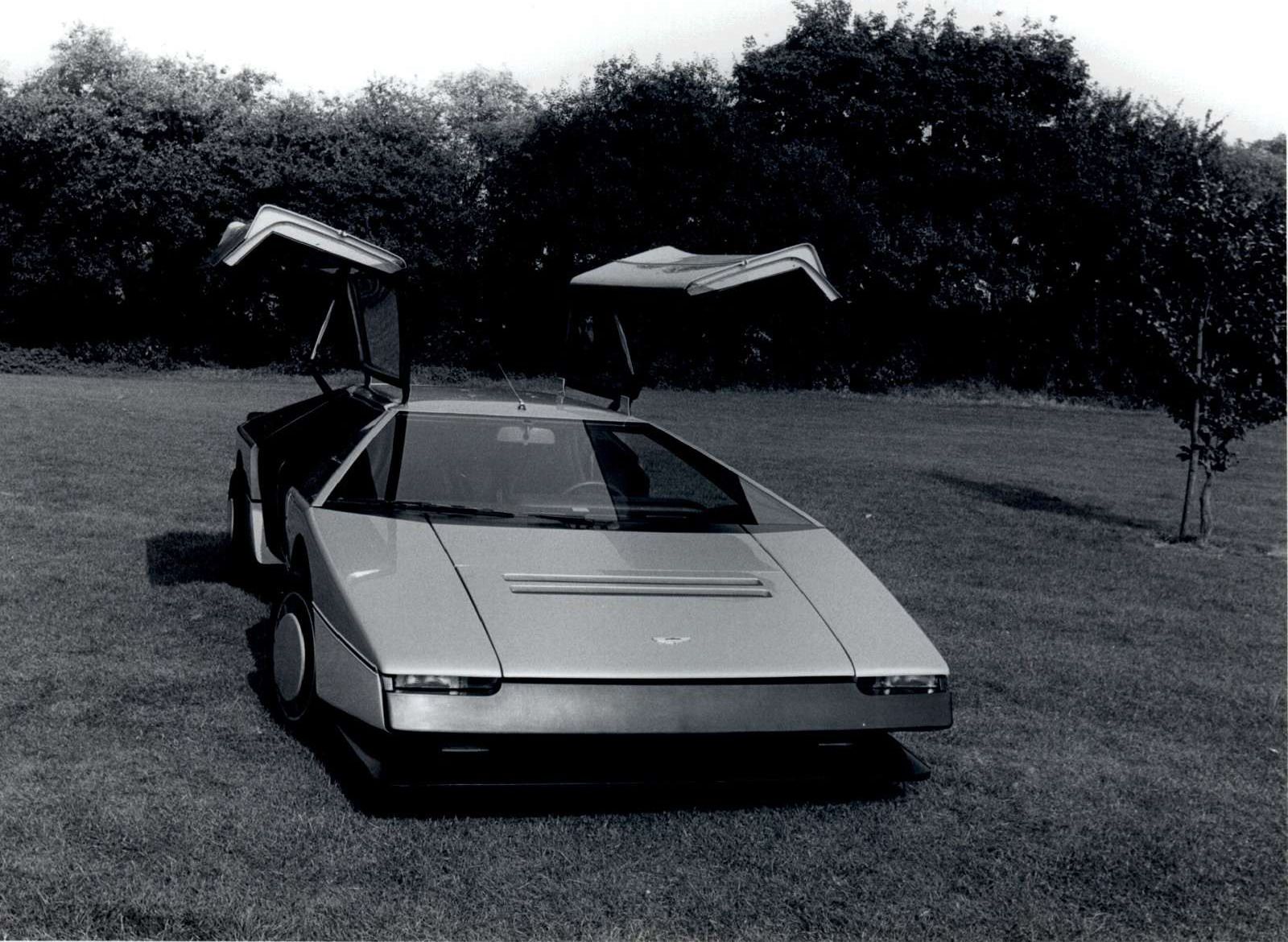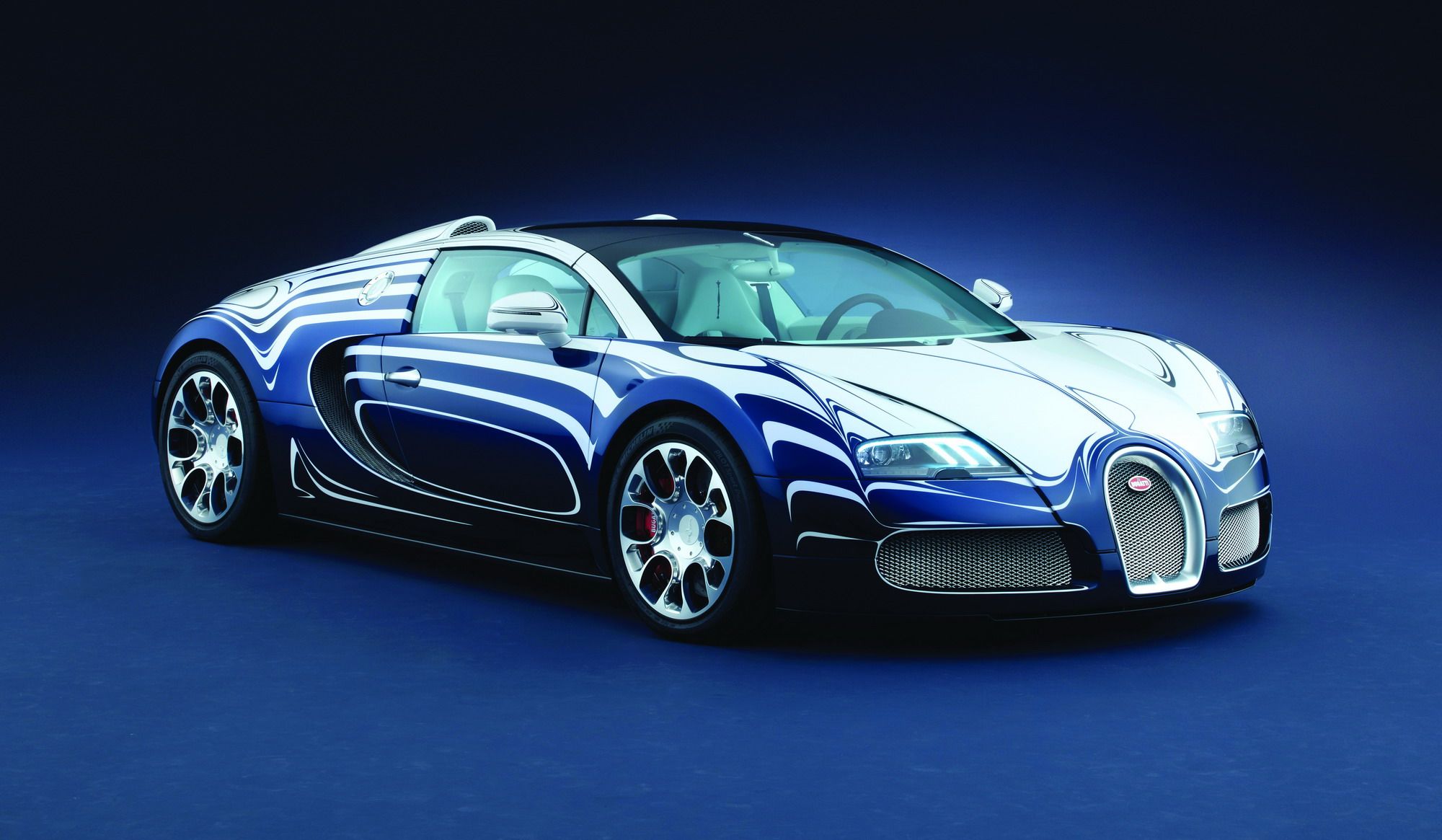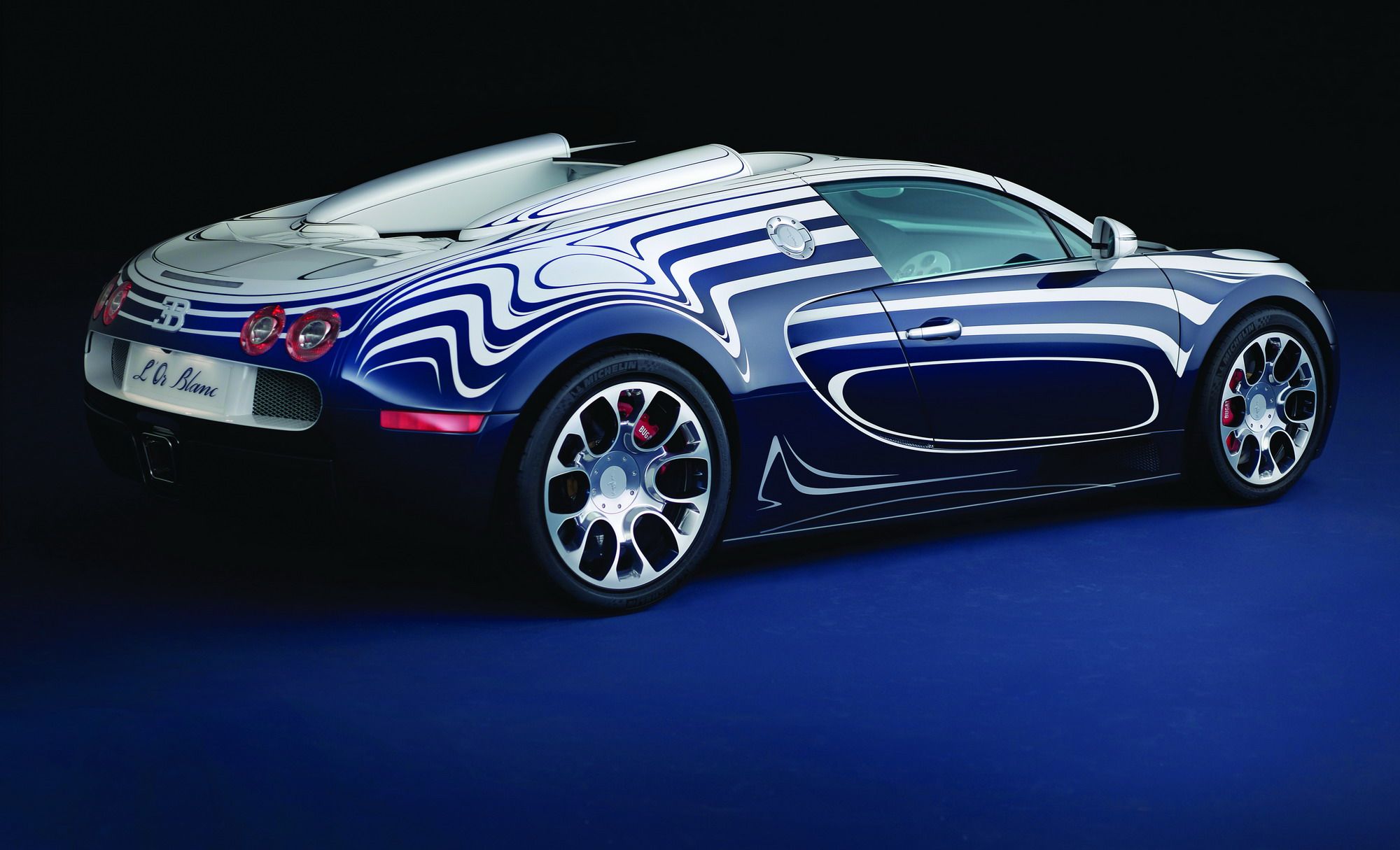Owning a supercar guarantees you a certain level of pride and status. Not everyone is lucky enough to afford these six-figure performance machines so when you have one, you have to feel good about yourself.
The rise of bespoke divisions among performance car brands has resulted in a number of one-off supercars being made. Some of these unicorns have turned into the subject of dreams for a lot of people. Some, though, have been forgotten, or, at the very least, set aside in favor of the shiny new releases.
TVR Cerbera Speed 12
The TVR Cerbera Speed 12, or just Speed 12, is arguably the most potent supercar that’s been lost in the annals of history. Powered by a 7.7-liter V-12 engine that TVR developed in-house, the Speed 12 was supposed to be this 800-horsepower powerhouse that the automaker was going to launch as a road-spec version of a GT racer the company was trying to develop.
It didn’t help that when then-TVR owner Peter Wheeler drove the Speed 12 prototype, he deemed it too fast for the road. The road-spec Speed 12 was eventually scrapped, but the automaker did sell one of its road-going prototypes in 2003, registered W112 BHG. Since the car’s original bodywork was destroyed, TVR decided to fit an unused race car shell on the model. Those who are interested to see the TVR Speed 12 can find it at the Lakeland Motor Museum in the U.K.
TVR Cerbera Speed 12 specifications
|
Engine: |
7.7-liter V-12 engine |
|---|---|
|
Horsepower: |
800 horsepower |
|
Torque: |
650 pound-feet |
|
0 to 60 MPH: |
2.9 seconds |
|
Top Speed: |
240 mph |
Read our full review on the TVR Cerbera Speed 12
McLaren X-1
Today, Mclaren Special Operations is regarded as one of the best bespoke personalization divisions among supercar brands. It’s responsible for a lot of ground-breaking and super-exclusive models, including what is, without question, one of the most unique one-off supercars ever built: the McLaren X-1. Some might have forgotten about the X-1 since it was one of MSO’s earlier works. It made its debut in 2012 at the Pebble Beach Concours d’Elegance, and it takes a specific type of one-off creation to leave jaws on the grass at Pebble Beach.
The X-1 was a multi-generational one-off showpiece. It combined the latest in McLaren technology at that time with a design that was literally inspired by iconic models from 50 years ago. The result was a McLaren unlike any other. Only one unit of the X-1 was ever made — it was for a client who already had a string of McLarens in his garage — and while it’s unclear if the original owner still has the X-1, the one-off supercar still stands as one of the most unique McLarens ever built.
McLaren X-1 specifications
|
Engine: |
3.8-liter twin-turbocharged V-8 |
|---|---|
|
Horsepower: |
592 horsepower |
|
Torque: |
443 pound-feet |
|
0 to 60 MPH: |
3.2 seconds |
|
Top Speed: |
231 mph |
Read our full review on the McLaren X-1
Lamborghini Aventador J
Unveiled at the 2012 Geneva Motor Show, the Aventador J is a huge departure from what we came to expect from Lamborghini at that time, but it also served as a jaw-dropping reminder of what the folks at Sant’Agata were capable of. The Aventador J was powered by the same 6.5-liter V-12 engine that produced the same 690-horsepower as the Aventador LP700-4. Other than that, it was a genuine one-of-one in every sense of the phrase. No wonder it sold for close to $2 million — and that was eight years ago.
Lamborghini Aventador J specifications
|
Engine: |
6.5-liter V-12 engine |
|---|---|
|
Horsepower: |
690 horsepower |
|
Torque: |
509 pound-feet |
|
0 to 60 MPH: |
2.4 seconds |
|
Top Speed: |
222 mph |
Read our full review on the Lamborghini Aventador J
Ferrari P4/5 by Pininfarina
Built on the bones of a Ferrari Enzo — yes, an Enzo — the P4/5 is the brainchild of automotive entrepreneur James Glickenhaus. It wasn’t enough that Glickenhaus wanted a one-off Ferrari that he could call his own; he also wanted it to be styled in the design mold of Ferrari’s P Series race cars from the 1960s.
It took more than a year for Pininfarina to complete the Ferrari P4/5 built and Glickenhaus ended up shelling out $4 million for his pride and joy. The P4/5 turned out to be such a beautiful creation that the late Luca di Montezemolo, who was Ferrari CEO at that time, gave his blessing for the P4/5 to be officially badged as a Ferrari. That’s how the one-off masterpiece came to be known as the Ferrari P4/5 by Pininfarina. To this day, it’s one of the most lauded one-off creations of any automaker.
Ferrari P4/5 by Pininfarina specifications
|
Engine: |
6.0-liter V-12 engine |
|---|---|
|
Horsepower: |
660 horsepower |
|
Torque: |
484 pound-feet |
|
0 to 60 MPH: |
3.0 seconds |
|
Top Speed: |
233 mph |
Read our full review on the Ferrari P4/5 by Pininfarina
Lotec C1000
This one-off creation called the C1000 was an engineering marvel that Lotec developed in partnership with Mercedes-Benz. Carbon fiber was used throughout its bodywork, which was notable considering that this was the 1990s. It was all designed to be aerodynamically efficient in ways that would complement the 6.0-liter twin-turbocharged V-12 engine that powered the supercar.
That’s the same acceleration time achieved by the most famous supercar of that decade: the McLaren F1. Even more noteworthy was the claimed top speed of the C1000. It’s been reported that the supercar’s top speed peaked at 268 mph, which would’ve made it the fastest production car in the world at that time.
The C1000 was commissioned by a Middle Eastern oil magnate, who paid $3.4 million for the supercar. Since then, it’s changed ownership several times, most recently five years ago when it was reportedly sold in the U.S. for around $600,000.
Lotec C1000 specifications
|
Engine: |
6.0-liter twin-turbocharged V-12 engine |
|---|---|
|
Horsepower: |
1,000 horsepower |
|
Torque: |
723 pound-feet |
|
0 to 60 MPH: |
3.2 seconds |
|
Top Speed: |
268 mph |
Read our full review on the Lotec C1000
Ferrari SP1
It’s no secret that deep in the heart of Ferrari’s headquarters in Maranello is a laboratory where one-off Ferraris are created. The lab, called Ferrari Special Projects, creates one-off models for specific customers. We’ve seen plenty of these bespoke one-offs come to life, beginning with the SP1. No, we’re not talking about the pair of speedsters — the SP1 Monza and SP2 Monza — that, matter of factly, also came to life from Ferrari Special Projects.
We’re talking about the Ferrari F430-based creation that Ferrari created for Japanese businessman Junichiro Hiramatsu, the former president of the Ferrari Club of Japan.
Plenty of one-off Ferraris have been born since, but it’s worth mentioning that the genesis of Ferrari Special Projects began with the F430-based SP1 that the Italian automaker created with the help of former Pininfarina designer Leonardo Fiovaranti.
Ferrari SP1 specifications
|
Engine: |
4.3-liter V-8 engine |
|---|---|
|
Horsepower: |
483 horsepower |
|
Torque: |
343 pound-feet |
|
0 to 60 MPH: |
3.6 seconds |
|
Top Speed: |
196 mph |
Read our full review on the Ferrari SP1
Aston Martin Bulldog
This is the Aston Martin Bulldog, and to say that it’s disturbingly weird is an unabashed understatement. To be fair, the Bulldog was powered by a 5.3-liter V-8 engine that produced 700 horsepower.
As incredible as it was on the road, the Bulldog looked nothing like an Aston Martin. Heck, it looked nothing like a bulldog, either. It did have gullwing doors so I suppose that was a plus for the car, too. It tells you that even though Aston Martin probably had the fastest production car in its hands — 25 units were planned for production — only one unit actually came to life. The Bulldog has changed ownership hands multiple times in its lifetime, and, most recently, it was purchased by an American owner who set the car up for a restoration project led by Richard Gauntlett, the son of Victor Gauntlett, who served as Aston Martin chair in 1981 and was the one who decided to shelve the Bulldog project because it was too expensive.
Aston Martin Bulldog specifications
|
Engine: |
5.3-liter twin-turbocharged V-8 engine |
|---|---|
|
Horsepower: |
600 horsepower |
|
Torque: |
500 pound-feet |
|
0 to 60 MPH: |
3.6 seconds |
|
Top Speed: |
237 mph (claimed) / 193 mph (tested) |
Read our full review on the Aston Martin Bulldog
Bugatti Veyron Grand Sport L'Or Blanc
Bugatti launched numerous one-off Veyrons over the course of the supercar’s 10-year life. You could point to models like the Sang Bleu, Bernar Venet, or the Vitesse 1 of 1 as worthy inclusions to this list. But for sheer audacity, that spot will be taken by the Veyron Grand Sport L’Or Blanc.
Bugatti created the one-off supercar in collaboration with the Royal Porcelain Factory of Berlin, and as you can see, the supercar is literally covered in porcelain details.
The “EB” badges, wheel center caps, and fuel filler cap are all made from porcelain details, not to mention the hand-painted treatment that was done on the body using similar techniques that we see from actual porcelain objects. The Veyron L’Or Blanc is a true one of one, and it’s certainly priced as one when it sold for $2.5 million.
Bugatti Veyron Grand Sport L’Or Blanc specifications
|
Engine: |
8.0-liter quad-turbocharged W-16 engine |
|---|---|
|
Horsepower: |
987 horsepower |
|
Torque: |
992 pound-feet |
|
0 to 60 MPH: |
2.4 seconds |
|
Top Speed: |
253 mph |
Read our full review Bugatti Veyron Grand Sport L'Or Blanc
Aston Martin Vantage GT12 Roadster
People lost their minds when Aston Martin announced plans to build 100 units of the Vantage GT12. But what many didn’t know was that, in addition to these 100 units, Aston Martin also built a roadster version with a total population of one. Yes, the Aston Martin Vantage GT12 Roadster exists, and there’s just one of its kind in the world.
The one-off version also came with a custom-tuned suspension system that was developed specifically to allow the roadster to carry the same handling characteristics of its coupé counterpart. Not a lot of people are aware of the Vantage GT12 Roadster’s production volume, but let it be said now: there’s only one Vantage GT12 Roadster in the world. Only one.
Aston Martin Vantage GT12 Roadster specifications
|
Engine: |
6.0-liter V-12 engine |
|---|---|
|
Horsepower: |
595 horsepower |
|
Torque: |
461 pound-feet |
|
0 to 60 MPH: |
3.5 seconds |
|
Top Speed: |
185 mph |
Read our full review on the Aston Martin Vantage GT12 Roadster

